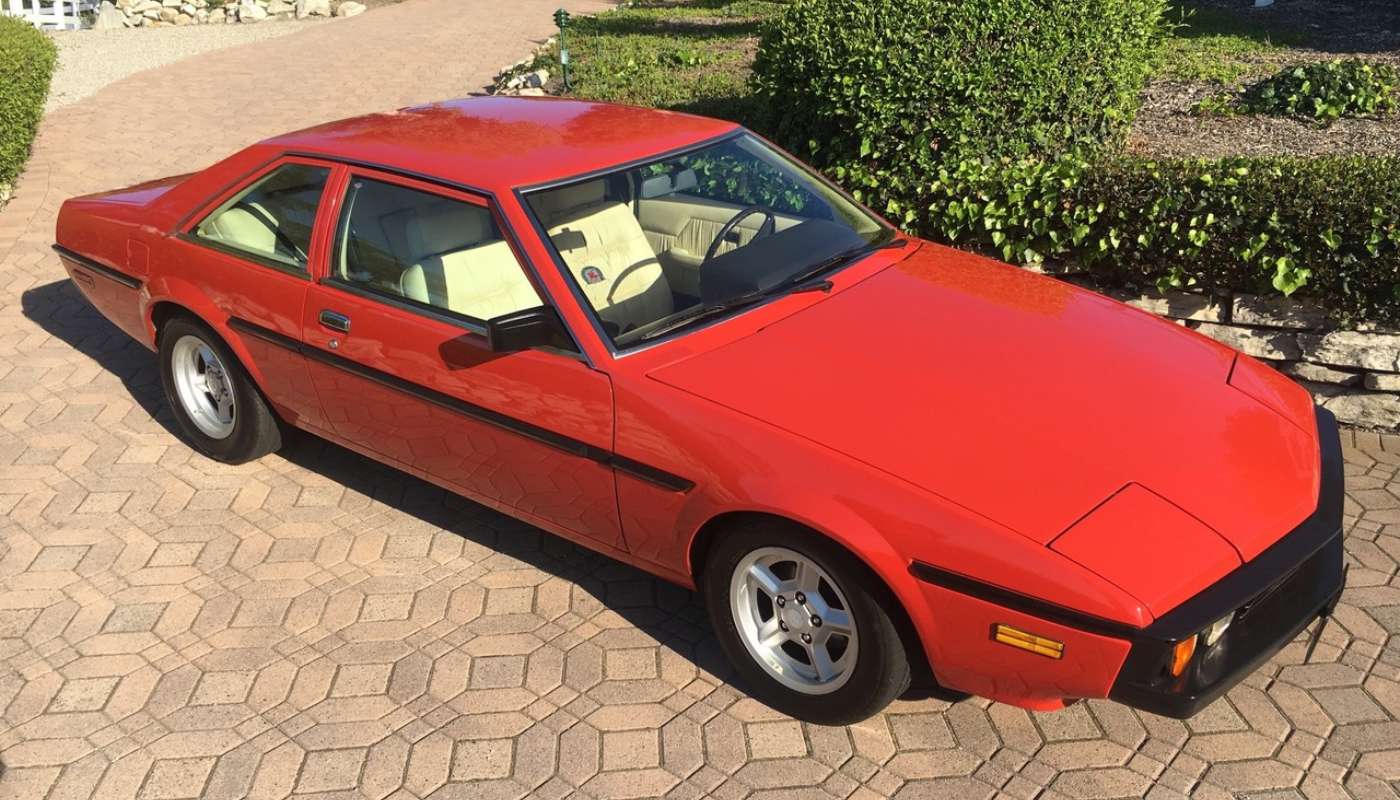
Why Did we Allow Bitter Cars to Die Off?
By Dean Larson
In a day and age where most every daily commuter car is a shapeless, four-door blob painted silver, the 1985 Bitter SC is tough to understand. It has racy sharp lines, a straight-six engine, rear-wheel drive and a sporty shape, despite having four usable seats. This comes off a bit foreign to us humans of the modern age, who have grown accustomed to mundane appearances, monotonous commutes and anemic performance. While we could lament the unfortunate evolution of the automobile for hours, I’d like to ask a very specific question for now. That being, how could we, as decent human beings, let Bitter Cars fizzle out?
I want to point out one thing right off that bat, and that is that Bitter is not technically dead. While it saw most of its successes in the 1980s, the company has built viable production car prototypes in recent years and operates as a tuning house for Opel cars and custom projects. But back in the ’70s and ’80s though, Bitter designed and built full-fledged, quirky-cool production models in hatchback, coupé and convertible form.
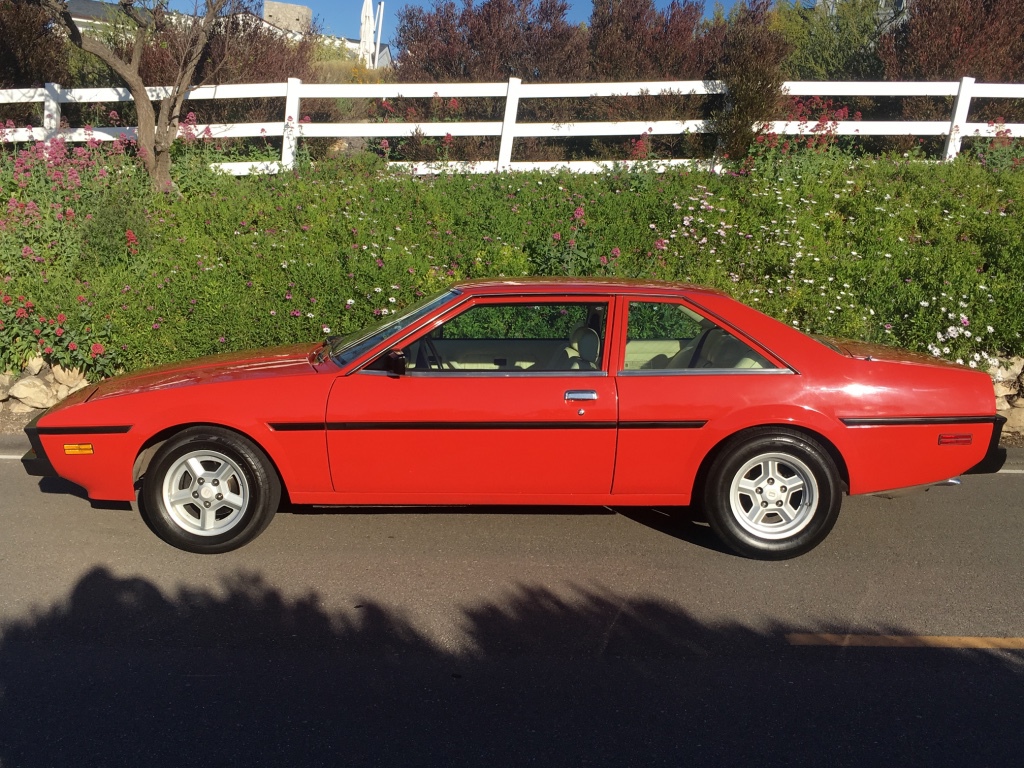
The company’s second car, the Bitter SC was a bit more successful, selling roughly 488 units. It was based on another Opel product, the decidedly stodgy Senator model, and was powered by a fuel-injected 3.0, or 3.9-liter Opel straight six making 177 and 207 hp respectively. In place of the stock bodywork, edgy two-door coupé bodywork was fit that bore a striking resemblance to the Ferrari 365 GT4 2+2. The red SC seen here on BringaTrialer.com, is, arguably, the nicest 3.9-liter Bitter left in existence.
The exterior of the SC is a treat in true ’80s form, and is both familiar, and unlike anything you’ve seen. The Ferrari influences are plain to see in the car’s silhouette and side-window configuration, but other factors are amazingly unique. The front and rear bumpers have been incorporated into the side moldings in a way that only the 1980s could facilitate. The alloy Ronal wheels echo the Ferrari’s from a distance, but are dissimilar up close and look muscular with the differing offset from front to rear.
The interior of the Bitter is possibly more well appointed than your home, provided it has not been updated since the start of the Reagan Era. Nonetheless, ’80s aficionados will relish in its pleated leather, faux wood and chocolate leather tones.
The appeal of this particular Bitter extends beyond its looks and condition though. Since new, this SC has been owned by an individual who served as general manager of West Coast Bitter (a distributorship in Beverly Hills, California). Beyond that, it was also tested and featured in the November 1985 issue of Road & Track. While the Bitter’s current value is nestled in the realm of affordable classics, this could be a big-money bonus for future collectors.
Unfortunately, there’s a reason you’ve likely never seen a Bitter SC in person, and it comes down to changing times and a flawed strategy. See, the Bitter cars sold in limited numbers in Europe, but failed to gain much traction in the U.S. GM agreed to a marketing deal with Bitter to sell cars on Buick lots, but a reworked Opel was not seen as the “premium” foreign offering like BMW was at the time. For this reason, very few dealers chose to carry the Bitter SC and few sold. This marked the end of Bitter’s large-scale production efforts.
In a way, I understand the Bitter’s untimely failure. Having owned an ’85 BMW 535i in the past, I can attest to its quality and driving pleasures. But an irrational part of me still wonders how such a unique and stylish coupé couldn’t thrive in the 1980s. It’s possible that the SC isn’t as great in person as in these photos. At any rate, I’d sure like to get behind the wheel of this ’80s throwback and find out.
See the online auction here on BringaTrialer.com, where the current high bid is $20,100.

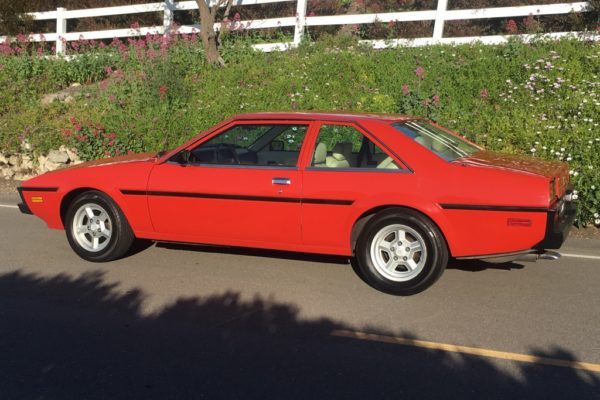
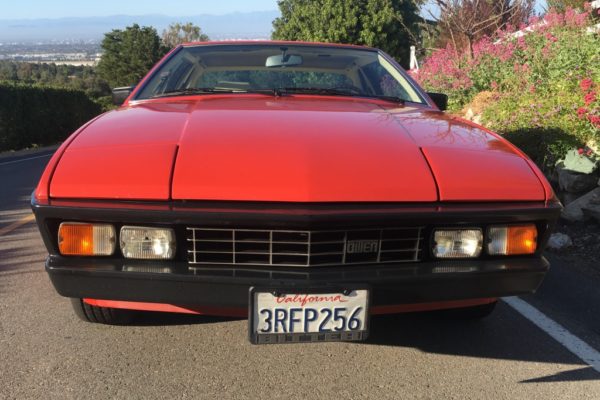
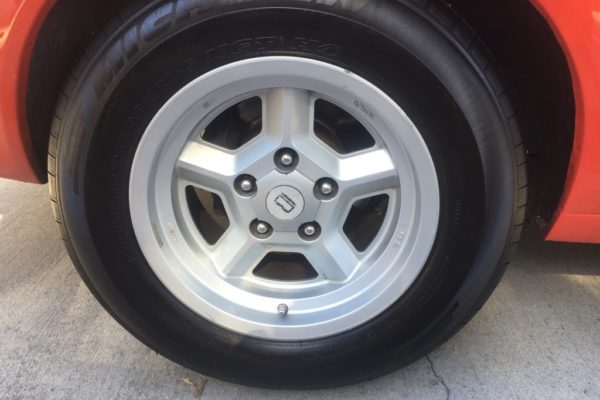
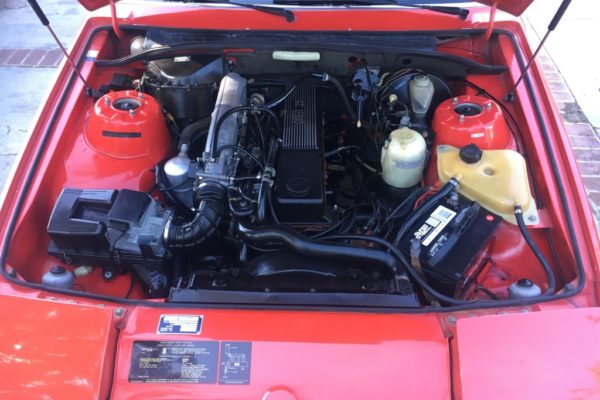
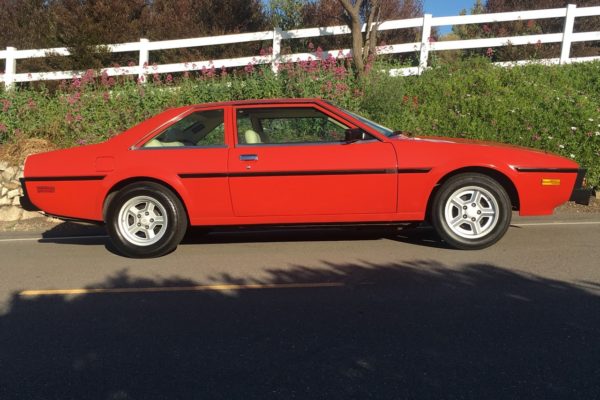
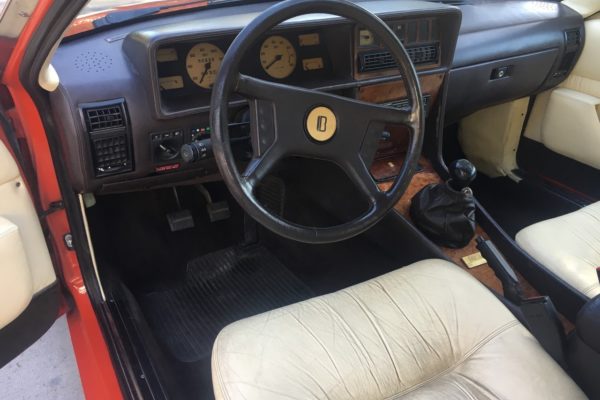
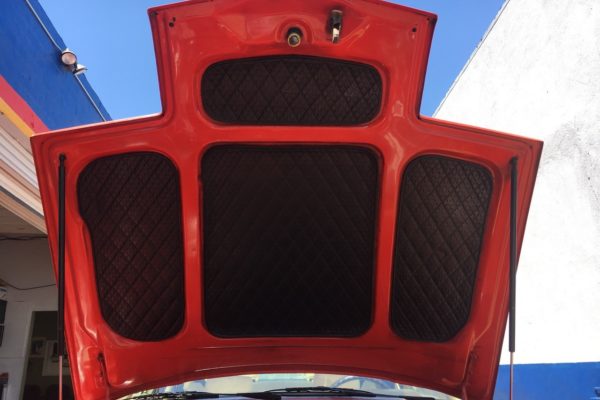
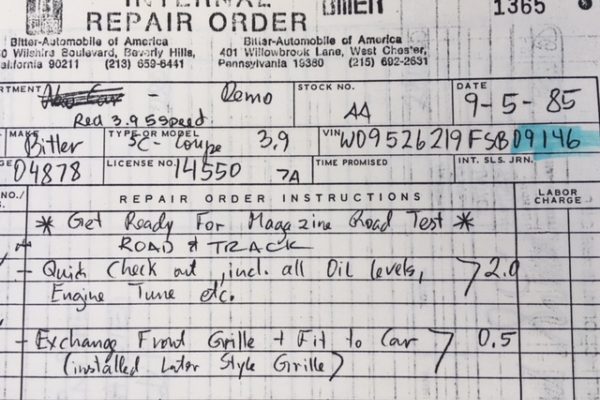
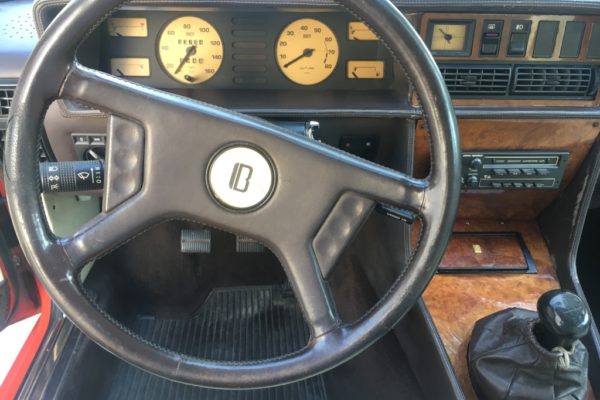
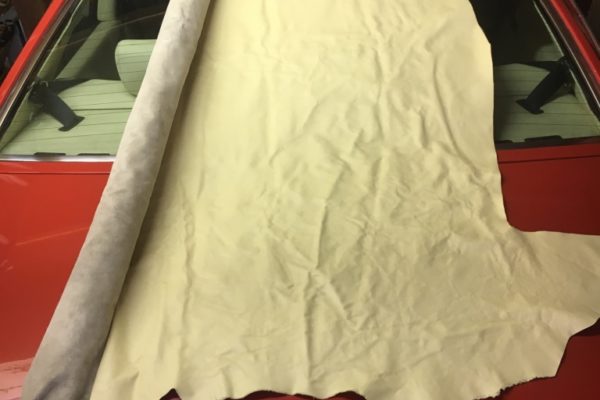
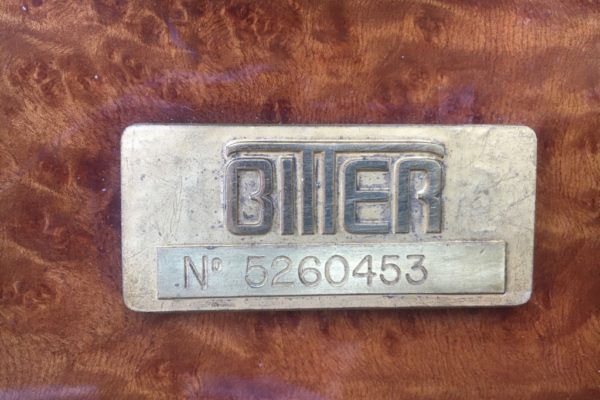
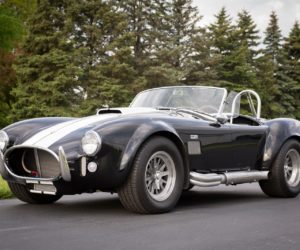
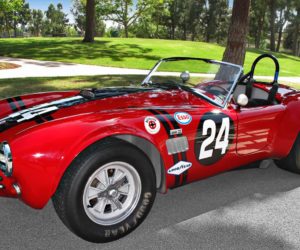
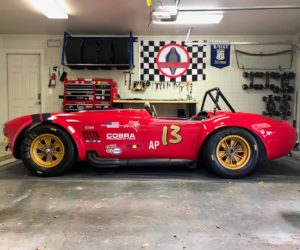
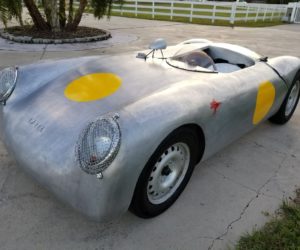
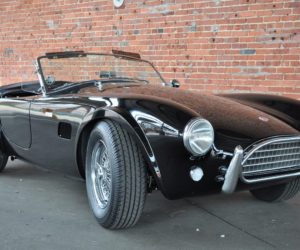
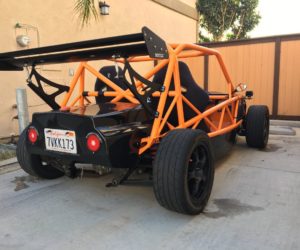




Comments for: Why Did we Allow Bitter Cars to Die Off?
comments powered by Disqus